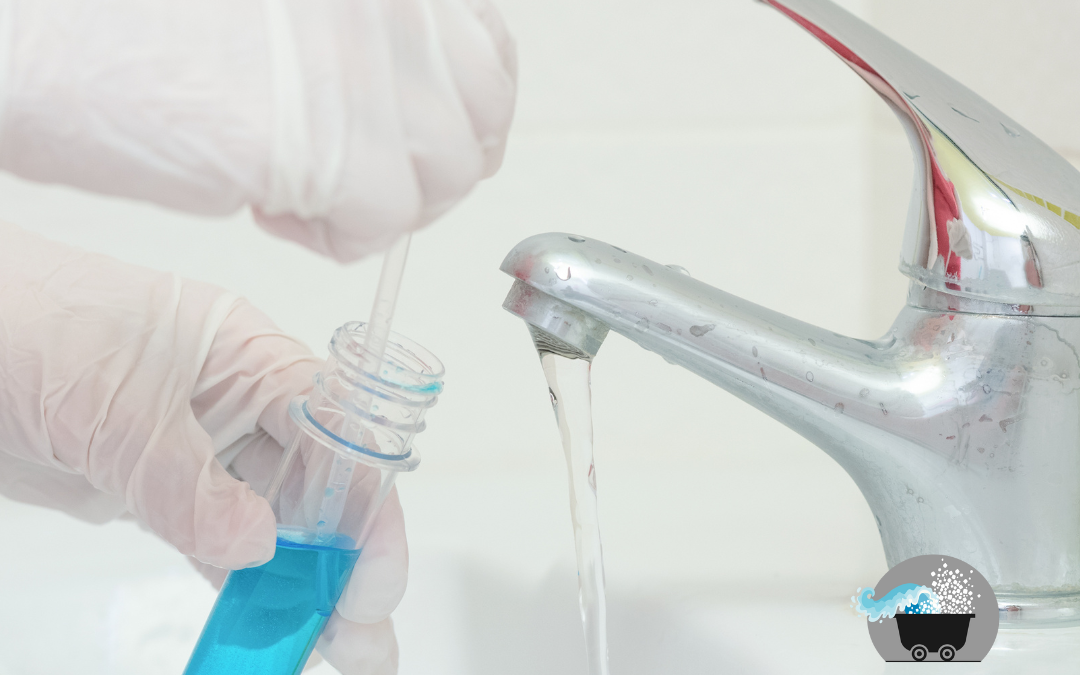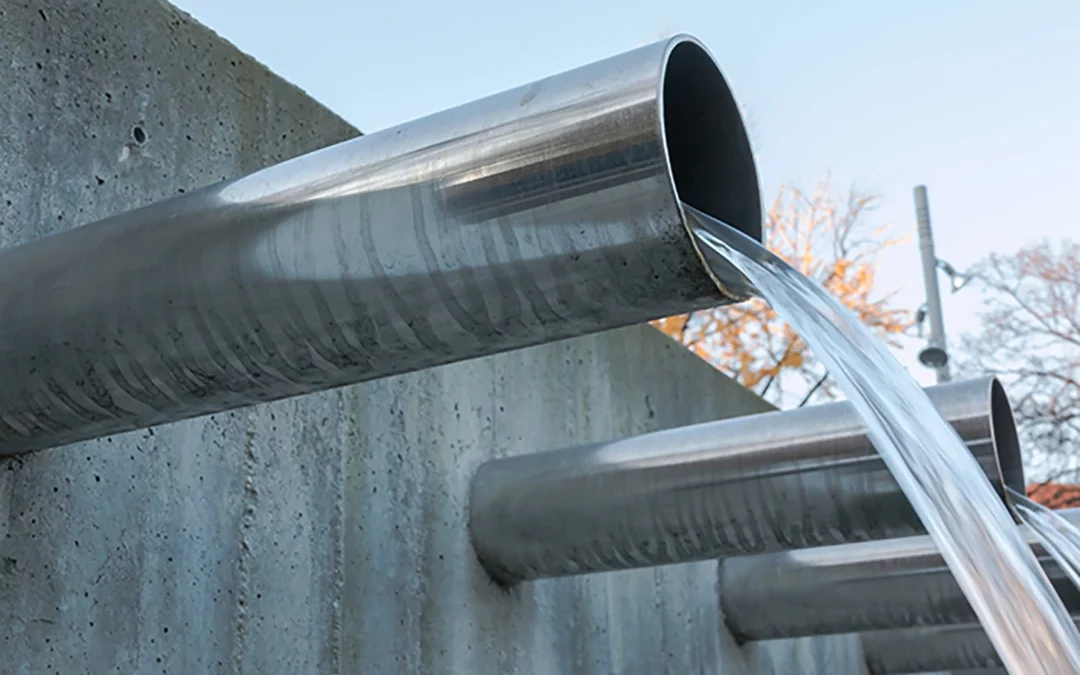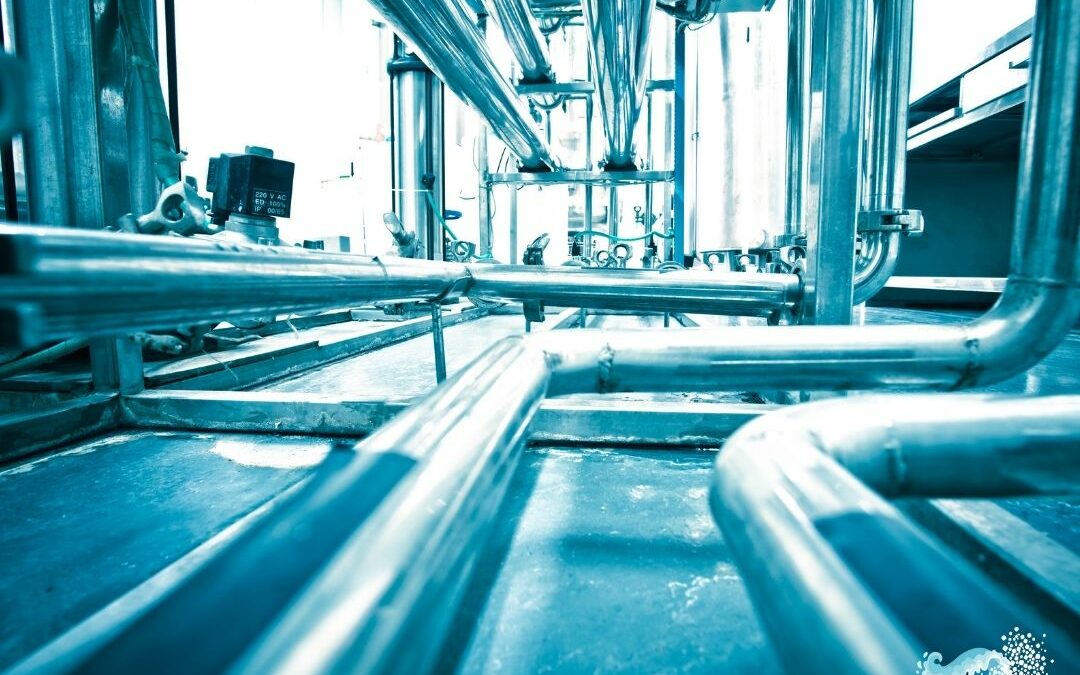Salt is a useful compound, there’s no doubt about that. Without it, food would taste pretty bland and the oceans would certainly be different than they are today. Too much salt in the wrong place, however, can have devastating effects on the environment and cost a lot of money to rectify.
Sources of Salt Pollution
When we talk about excess salt, we’re not talking about putting too much salt on your steak or corn on the cob. Instead, we’re referring to where salt gets into the environment in quantities that can be harmful and lead to unwanted results. Here are two common sources of salt pollution:
- Road salt – If you live in any of the northern states, you likely appreciate the use of road salt in the winter to facilitate safe travel on slippery roads. Although you don’t see the salt when the season’s over, it has gone somewhere … namely, into rivers, streams, lakes, and surrounding soils.
- Water softeners – A large part of the U.S. is affected by hard water, something that can wreak havoc in homes and businesses. To combat the negative effects of hard water, water softeners are used, many of which are salt-based. When they regenerate, they release salty brine into the environment via septics, leach fields, and water treatment systems.
Too Much Salt Affects People, Plants, and Animals
If you think that you’ll never see the effects of too much salt, think again. There may already be damaging evidence around you if you know where to look.
- Aquatic environments – Even saltwater ecosystems can be affected by too much salt. Plants and animals that live there can only handle salt quantities within a certain range. When there’s an excess amount, they can die or be otherwise harmed. This is especially true in freshwater environments where the salt threshold is typically very low.
- Agriculture – Wastewater is often used to irrigate crops. When that water has a high salinity, plants can die. Or, at the very least, their growth will be stunted. Soil fertility and permeability are also affected by salt pollution, further affecting crop yields.
- Drinking water – Water is constantly being recycled throughout the environment. And, the water we end up drinking originally came from the ground or bodies of freshwater. Even though it is typically filtered or treated before it gets to us, that doesn’t mean that excess salt has fully been removed.
What’s the Solution for Too Much Salt in the Environment?
Unfortunately, we don’t have control over every single source of salt pollution. What we can control, however, is how salt-based water softeners contribute to the issue with their brine discharges.
Some localities have water softener bans and residents are forced to live with the consequences of hard water. We have a less restrictive solution. Simply install the Salt Miner on any existing water softener and do your part in preventing too much salt going into the environment.
How does the Salt Miner work? It simply collects or ‘mines’ the salt out of the softener’s wastewater brine before it gets discharged. Then, the salt can be recycled or disposed of properly in a way that’s more environmentally friendly.
Are you ready to do your part in preventing salt pollution? Contact us today and let us know you’re interested in our eco-friendly water softener solution!





